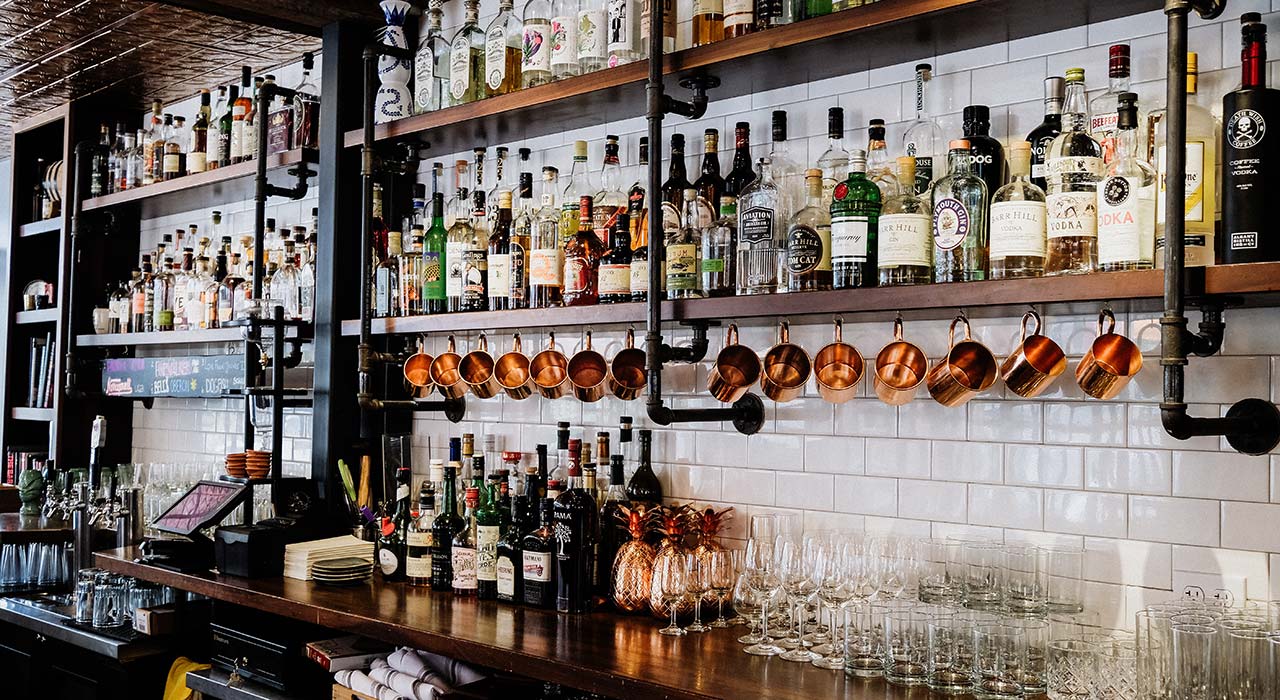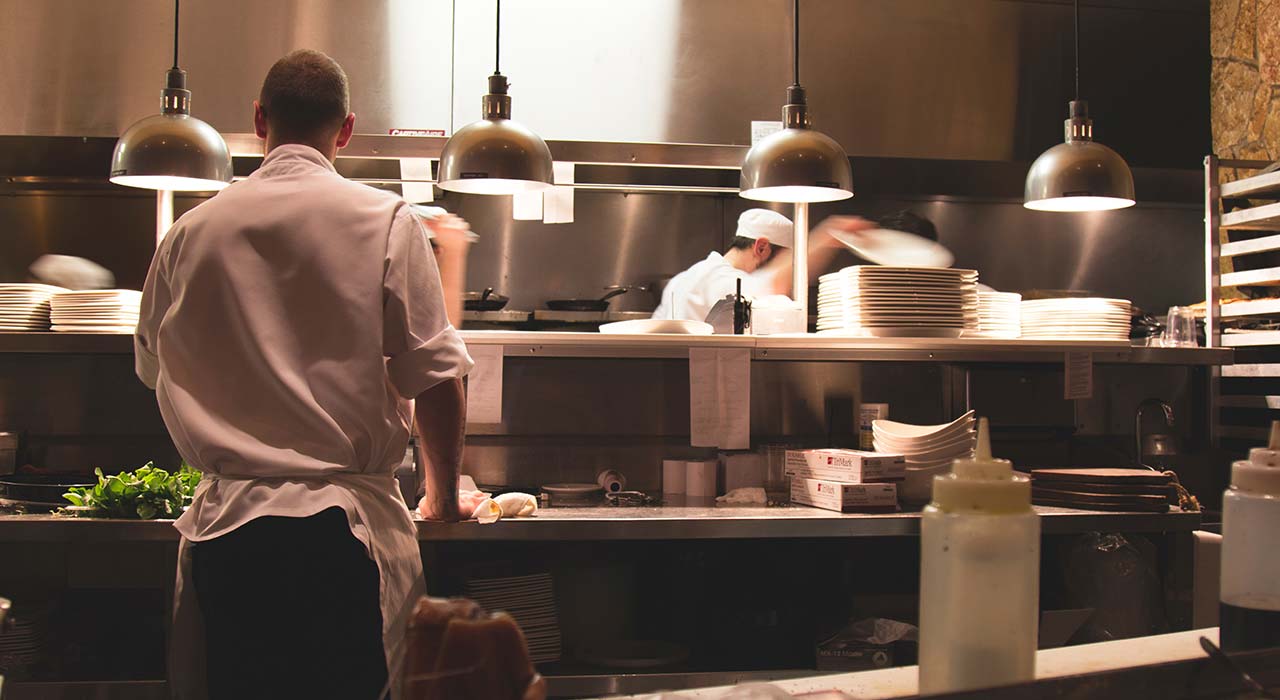
05 Mar How to Open a Restaurant in 10 Easy Steps. Restaurant Consulting
Developing a concept, opening and operating a restaurant requires the right business strategy and creative ideas. Everyone who thought about starting his own business, probably, considered those fields in which he would be interested in doing business, especially those that would generate good income. Many entrepreneurs choose the hospitality industry and want to open their own restaurant, bar or coffee shop. In this article we want to describe the main simple steps witch you could follow to create a business plan for your new project. Unfortunately, there is no ideal business model that can be applied to each f&b concept, but with our guide, you are going to have valuable information to start your journey in the restaurant business.
STEP 1
MARKET ANALYSIS
The more practical information you collect, the easier it will be for you to navigate the market and avoid mistakes in the early stages. Market analysis, which includes an assessment of competitors, demand and current trends, is the foundation of your business. This is where the real work on the project begins: a business plan, the concept and format of the establishment, menu development, restaurant design, and more.
In conditions of fierce competition, you need to stand out. Your task is to offer guests something that no one else has offered. It does not only mean that you should have a unique menu or a spectacular interior. You can also “wow” the client with a convenient service, and advantageous offers, and additional services.
 STEP 2
STEP 2
CONCEPT DEVELOPMENT
How to choose a concept? Three key questions should be answered.
Who is your guest? What does he/she like? What can attract your target audience?
The concept of the venue is as important as the food in it. It includes not only the format (fast-food, pizzeria, chinese restaurant, family cafe, coffee shop, lounge bar, nightclub) but also such characteristics as corporate identity, design, mission & philosophy, atmosphere, customer portrait, which will distinguish your restaurant from many others.
By the way, you can entrust this stage to hospitality professionals. They will help you not only develop a corporate identity but also solve all pre-opening issues. Such services have greatly simplified the preparation process, but you have to be ready to contribute an extra 10% of the total project cost.
STEP 3
IMPORTANT FACTORS WHEN CHOOSING A RESTAURANT LOCATION
It’s not so easy to find a perfect property for a restaurant – difficulties are due to many requirements, norms, and restrictions that apply to them. Therefore, the search must be started in advance. Try to find the location in the well-know street, where people usually spend their time the most. It should be visible and accessible to almost all pedestrians and car drivers. The number of licenses and permits needed to open a restaurant might vary from country to country according to laws, you can simply check in any local legal agency. When inspecting a potential property, it’s worth paying attention to two parameters: the location and the condition of the restaurant itself, making sure it’s matching your concept. For example, it is better to place a student cafe next to educational institutions, and a family cafe in a residential community. A bad location can leave the restaurant without visitors. Rate your location using services like Google Maps, TripAdvisor, Yelp and others. So, you will find out if your direct competitors are nearby, whether it is possible to meet your target audience there, how convenient is the traffic intersection so that your guests can drive to the restaurant.
Specifications: does it meet regulatory requirements, is there a possibility of redevelopment, is there a need for repairs, are there all the necessary communications. Also double-check the power of electricity, since the food equipment consumes a lot of energy.
One of the most important issues at this stage is the cost of the rent. A good cafe will need a large area, and not every businessman has the opportunity to purchase a property. Renting cost depends on many factors: the city or street it’s located, traffic intensity, a neighborhood with other public institutions.
 STEP 4
STEP 4
DESIGN & BUILD
Before starting construction or renewal work, a design project is developed and it’s determined what the final result should be. And then the foundations of the future institution begin to be laid – engineering and technological design are underway, ventilation, electricity, water supply, sewerage are carried out, the ceiling height is increased – if necessary. Depending on the same concept of the restaurant, the space of the kitchen and the hall for guests is zoned, office space is planned
STEP 5
PURCHASES OF EQUIPMENT AND FURNITURE
The kitchen equipment and tools determine its production capacity and even affect the taste of food. Therefore, you should responsibly approach the choice. Study in advance offers in the market of restaurant equipment, reviews on equipment and experience of other entrepreneurs. You can also use the services of companies that organize the restaurant business. Equipment costs can also be different. In addition, you will need to buy furniture and other equipment, including a bar station, tables and chairs, a cash register and a cashless terminal, decor items.
STEP 6
RECRUITMENT AND SUPPLIERS
Today, the most practical decision to purchase products with confidence can be called a contractual relationship between a restaurant and a manufacturer or specialized suppliers. Excellent results are guaranteed from the cooperation of a restaurant or cafe with complex suppliers – some of them can provide up to 25 percent cost savings on food purchases, which cannot but rejoice and allows real savings.
What, first of all, needs to be emphasized?
You need to find out how long the company provides its services in the market.
Asking if the supplier has all the necessary permits and certificates?
It is necessary to evaluate the service provided by the supplier: how quickly products are delivered, whether it is possible to replace items if they are not satisfied with the quality, whether prompt information is provided on new products and changes in cost.
It is important that you are receiving the highest quality products, especially if the restaurant is positioned as fine dining.

STEP 7
RECRUITMENT
It is very important to find qualified employees because the reputation of your venue depends on their work. Careful selection should be applied not only to the chefs but also to the rest of the staff. The restaurant team must create a coherent system in which each participant has clear tasks and areas of responsibility.
STEP 8
MENU
An important part of the opening of a bar or restaurant is the menu. It’s no secret that the menu is a necessary element of the presentation. It is rightly called a business card because among other components it most clearly defines the nature of the venue. The offerings should correspond to the concept not only in content, originality but also in price. If you’re creating an affordable casual dining venue, then the prices should be appropriate. Make sure you understand the client’s preferences. Study all orders to define the fast-moving and unpopular dishes. On the most popular items over time, you can slightly increase the price. Slow-moving dishes are best eliminated or replaced with an alternative.
STEP 9
ADVERTISEMENT AND PR
The first events aimed at promoting the restaurant should be organized several months before the opening. Future customers should be informed about the new venue. It is advisable to draw the attention of visitors to the unique concept of the restaurant, to make people look forward to the opening. After the opening, you need to get the first regular guests – for this, you can create a variety of loyalty programs (club cards, etc.) or carry out interesting promotions. It is also very important to create an attractive restaurant image in various social network.






 STEP 4
STEP 4